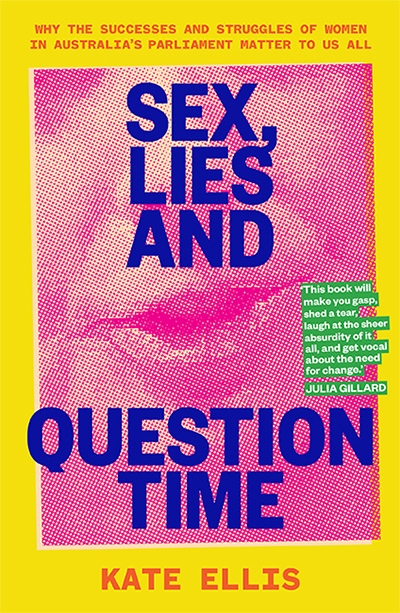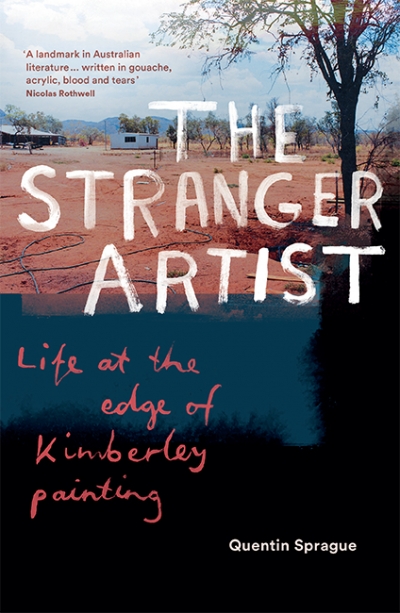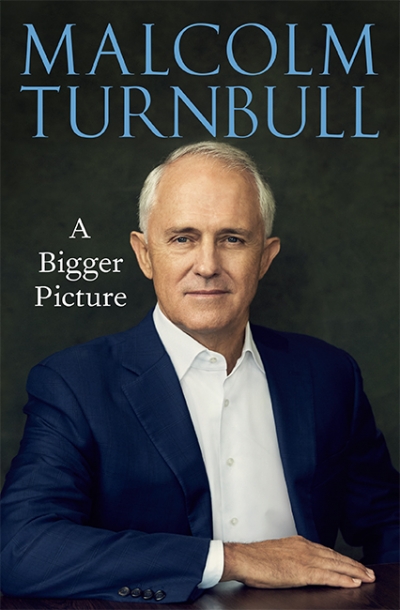Hardie Grant Books
Dreaming of East by Barbara Hodgson & Women of the Gobi by Kate James
by Alison Broinowski •
It has become a rite of passage for foreign correspondents returning home from a stint in China to pen a memoir recounting their experiences. All too often, the story begins with the said reporter crossing into mainland China at Lo Wu, having just spent time enjoying the bright lights of Hong Kong. Clearly, the Lo Wu railway station holds a certain allure for wandering Australian journalists.
... (read more)My primary pleasure over the years has come from Australian fiction. I started with Patrick White, Martin Boyd, Shirley Hazzard, and Jessica Anderson and have never really stopped. Although I do possibly read as much American fiction, I feel more connected to the Australian writers.
... (read more)Hidden Hand: Exposing how the Chinese Communist Party is reshaping the world by Clive Hamilton and Mareike Ohlberg
by Ben Bland •
The Stranger Artist: Life at the edge of Kimberley painting by Quentin Sprague
by Luke Stegemann •
Fire Country: How Indigenous fire management could help save Australia by Victor Steffensen
by Tim Low •









